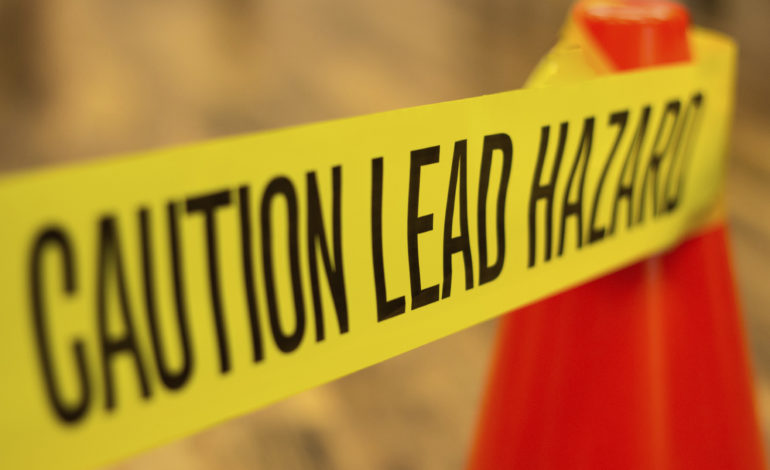This week, October 20-26, marks the observation of National Lead Poisoning Prevention Week, a call to bring together individuals, organizations, industry, and state, tribal and local governments to increase lead poisoning prevention awareness in an effort to reduce childhood exposure to lead.
Lead can be found both inside and outside the home, including in water that travels through lead pipes or in the soil around the house.
The most common source of exposure is from lead-based paint, which was used in many homes before 1978. Adults and children can get lead into their bodies by breathing in the lead dust (especially during activities such as renovations, repairs or painting) or by swallowing lead dust that settles in food, food preparation surfaces, floors, window sills, and other places, or eating paint chips or soil that contains lead.
Key themes for 2019’s week include the importance of learning the hazards of lead, getting your home tested, and conducting a simple blood test to determine if your child has been exposed to potentially dangerous levels of lead.
Children can become exposed to lead dust from adults’ jobs or hobbies, and from some metal toys or toys painted with lead-based paint. These disparities overly burden minority families and low-income families and their communities, as was seen recently during the Flint Water Crisis in Michigan.
According to the Centers for Disease Control and Prevention, more than half a million children ages 1-5 in the United States have blood lead levels high enough to damage their health.
Even with treatment, lead poisoning can permanently affect a child’s development, according to WebMD, especially in babies and small children.
For more information on lead poisoning and lead poisoning prevention as well as the week, visit health.macombgov.org or the MCHD’s Facebook page at www.facebook.com/PublicHealthMacomb, or the National Lead Poisoning Prevention Week website.






Leave a Reply